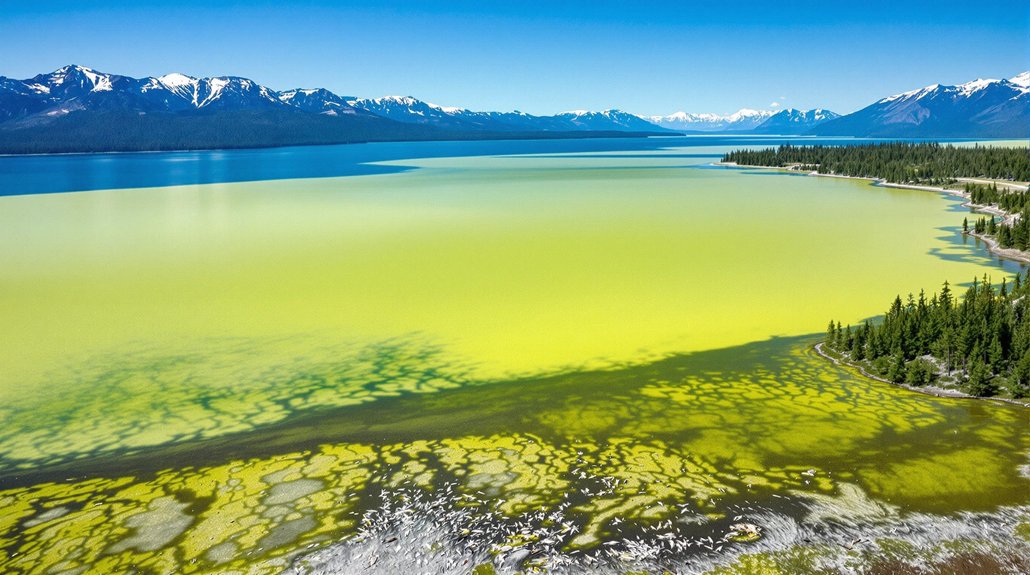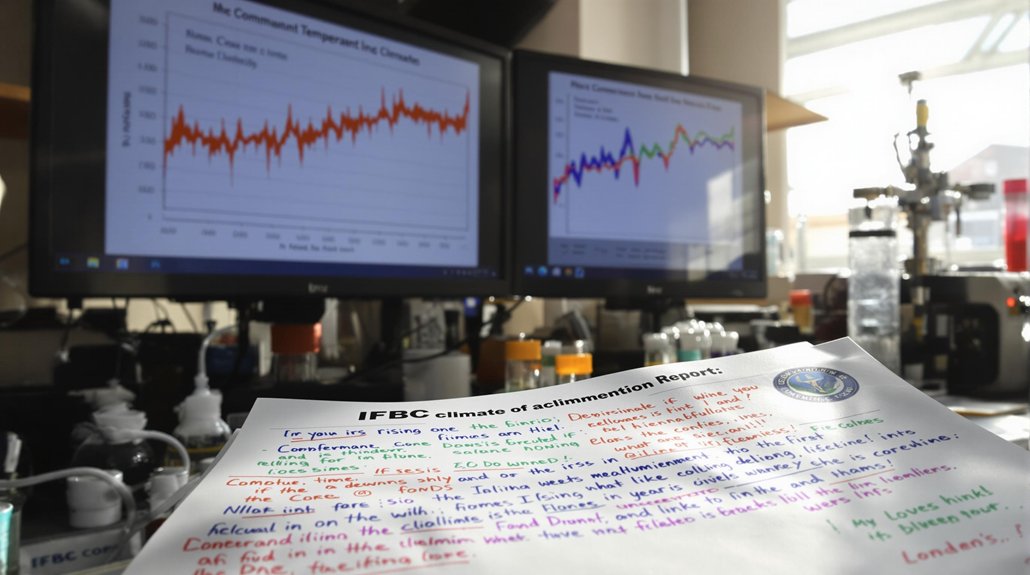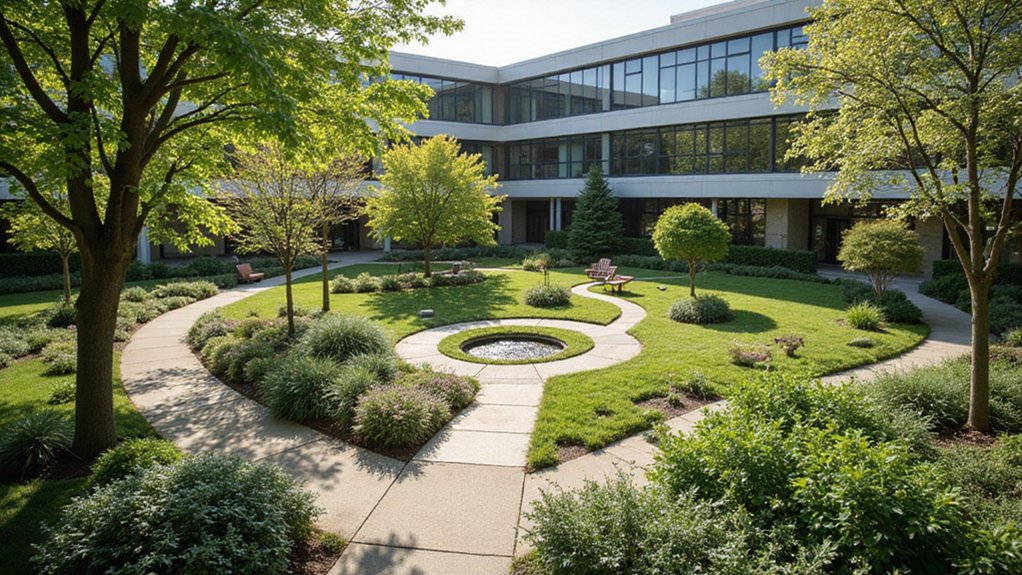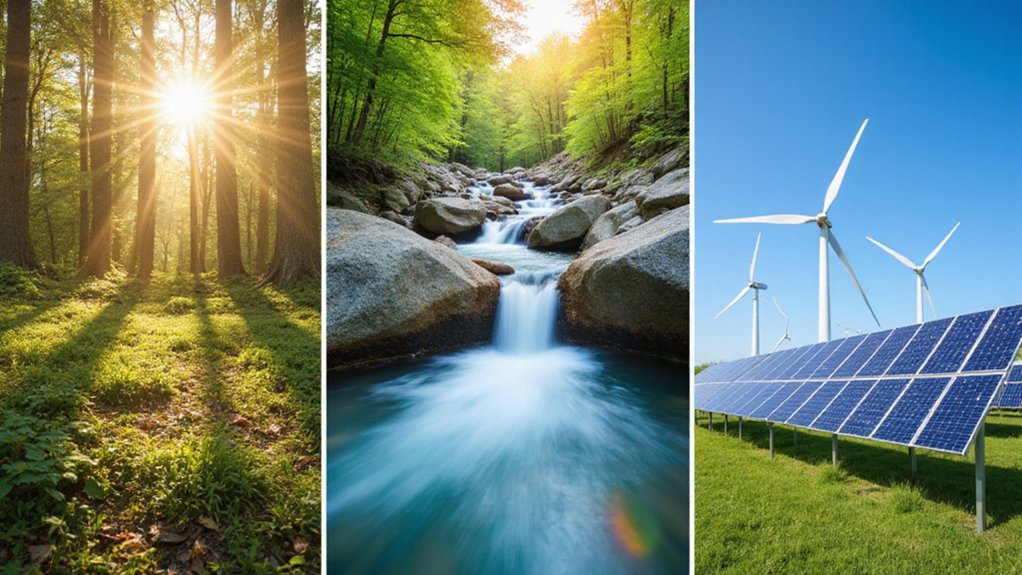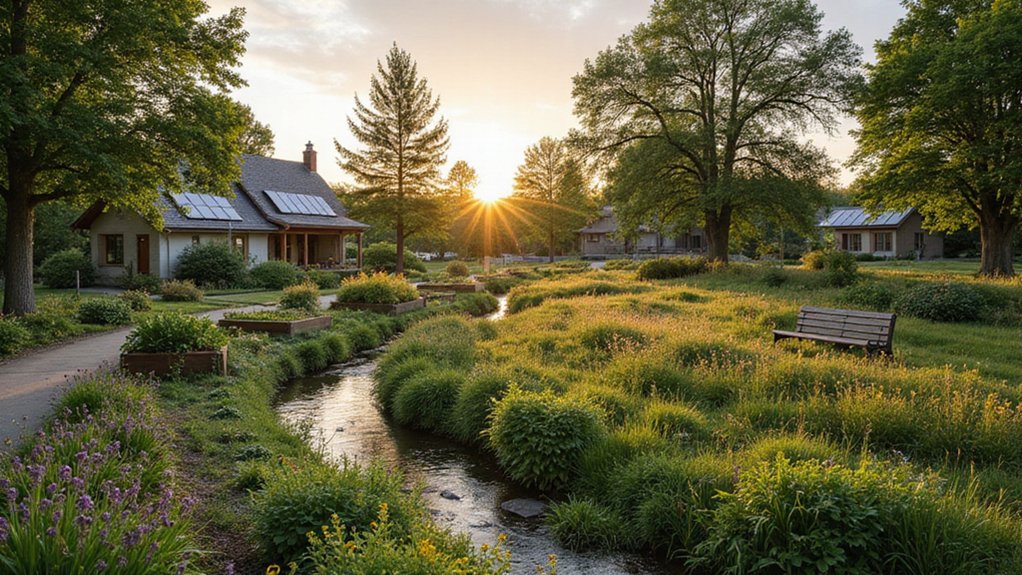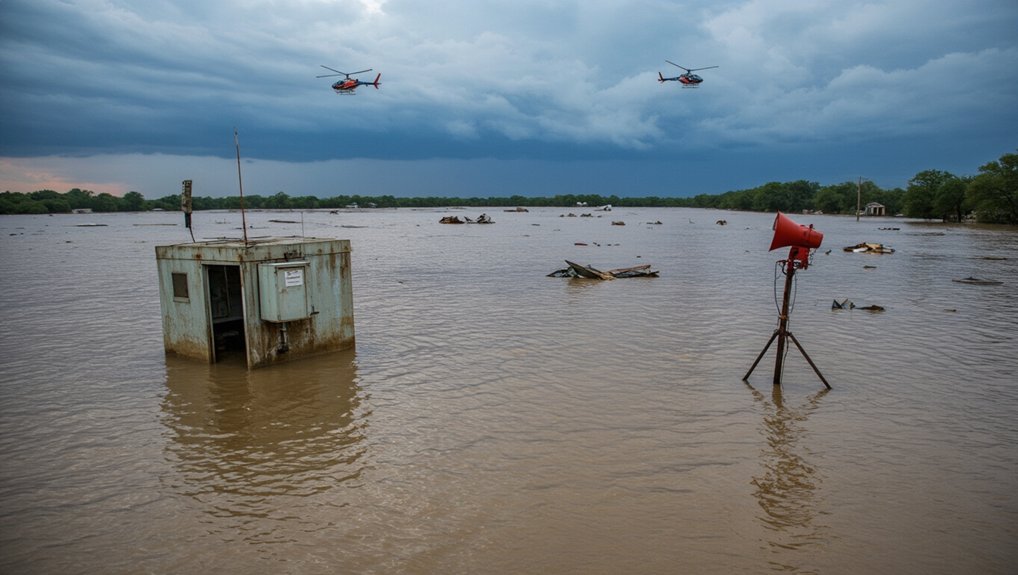As Canadian lakes face unprecedented changes, scientists are sounding the alarm on a disturbing trend: algae levels have skyrocketed since the 1960s, increasing at a rate seven times faster than in previous decades.
Thorough sediment core analysis from 80 lakes shows this isn’t just some random blip—it’s a consistent pattern since the 1800s, with a dramatic uptick after 1960. A team from McGill University and Université Laval conducted this groundbreaking research into long-term algae dynamics. Even lakes far from civilization can’t escape. So much for pristine wilderness, eh?
The data doesn’t lie—our lakes have been deteriorating for centuries, with a post-1960 acceleration that’s left even remote waters contaminated.
Climate change is the culprit. Not just local pollution—actual climate change. Machine learning analysis confirmed it. Warmer lake temperatures and increased solar input create perfect conditions for these slimy green menaces to thrive.
Lakes are basically turning into hot, soupy petri dishes. The extended growing seasons don’t help either. This environmental degradation represents a public health emergency similar to air pollution, requiring immediate and coordinated action.
It’s getting worse. Cyanobacteria—the toxic blue-green algae—are dominating many harmful blooms. Since 2019, Lake Superior’s Canadian side has reported at least four cyanobacteria blooms. These toxic byproducts can cause health issues ranging from headaches to serious liver or kidney damage in both humans and animals.
Remember Toledo in 2014? Their drinking water was contaminated by Lake Erie’s bloom. Touch it, drink it, breathe it—all dangerous.
Regional differences exist but nobody’s safe. Lake Erie gets hammered regularly. Even Superior—cold, nutrient-poor Superior—now has blooms. That’s new. That’s bad.
Sure, phosphorus and nitrogen from agriculture feed these blooms. But climate change is the amplifier. More intense storms wash more nutrients into lakes.
Less ice cover means longer bloom seasons. Disrupted lake mixing creates perfect bloom conditions.
The economic toll is substantial. Tourism suffers. Property values drop. Water treatment costs skyrocket. Fish die. Beaches close.
Scientists aren’t just collecting data for fun—they’re watching an ecological crisis accelerate in real-time. Canadian lakes are suffocating under a green blanket that grows thicker every year.
Solutions require addressing both climate change and nutrient runoff. Simple in theory. Nearly impossible in practice. Meanwhile, the algae just keep on blooming.
References
- https://phys.org/news/2025-07-climate-major-algae-surge-canada.html
- https://greatlakesecho.org/2025/03/31/bacteria-in-lake-superior-reveal-climate-changes-impact-on-great-lakes-research-finds/
- https://environmentaldefence.ca/2025/06/27/slow-and-steady-lake-erie-may-be-bouncing-back/
- https://seas.umich.edu/news/toxic-algae-blooms-are-lasting-longer-lake-erie-why-thats-worry-people-and-pets
- https://www.canada.ca/en/canada-water-agency/freshwater-ecosystem-initiatives/great-lakes/great-lakes-protection/taking-action-protect/preventing-toxic-nuisance-algae/erie-evaluation-update-2024.html
